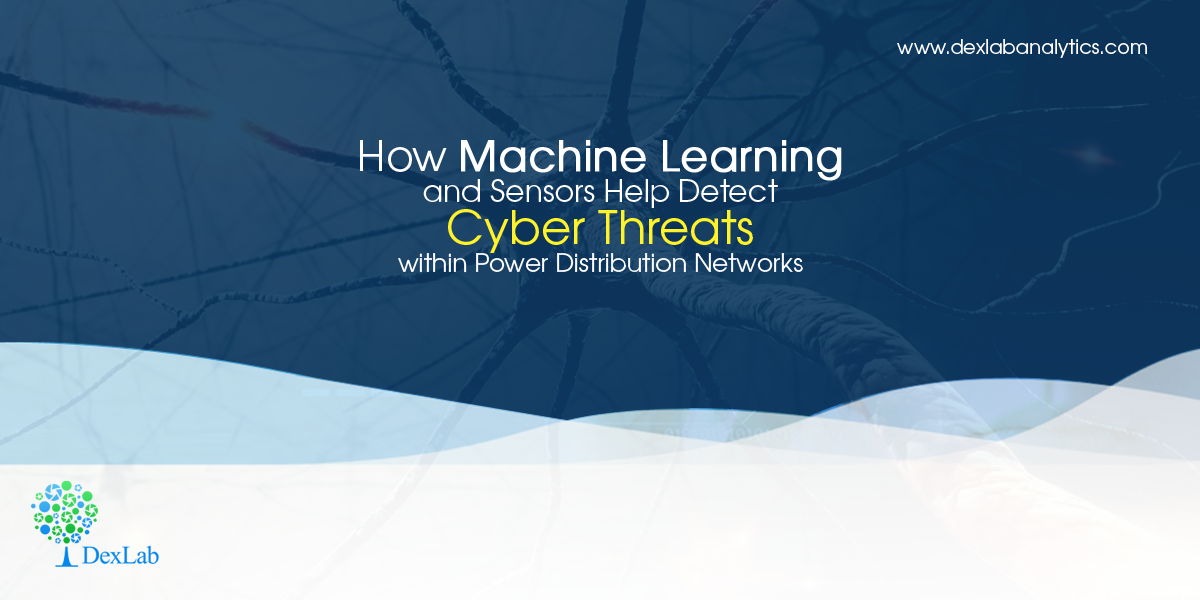Machine learning in marriage with cutting edge sensor technology helps alpha geeks detect and assess cyber-physical attacks across power-distribution channels.
Today, losing power and imagining a life without technology sounds unreal. It’s more than just an inconvenience. The truth is we rely on electricity much more than we even do realize. Even though you are not a techie or someone belonging from the IT domain, you still stay dependent on electricity and power. They have become the BASICS.
For this reason or more, power companies have initiated a ‘deep dependency’ concept, Smart Grid – it’s an effective and powerful power-distribution structure. It’s originally a power-line internet that harbors exceptional capabilities within.
Machine Learning and Sensors to Ensure Security to Power Grids
A team of eminent researchers are toiling rigorously to integrate machine-learning algorithms, cybersecurity methodology and commercially-available power-system sensor technology into a security monitoring and analysis framework to support power grids.
The team is at present working on the framework’s architecture for detection of cyber-physical attacks on any power-distribution network. “To do this they are using micro-Phasor Measurement Units (µPMUs) to capture information about the physical state of the power distribution grid,” explains Kathy Kincade, Lawrence Berkeley National Laboratory. “They then combine this data with SCADA (Supervisory Control and Data Acquisition) information to provide real-time feedback about system performance.”
Note: Kathy Kincade published a Lawrence Berkeley National Laboratory press release: Combination of Old and New Yields Novel Power Grid Cybersecurity Tool, which talks elaborately on this issue.
The notion here is to keep a close watch on the physical behavior of the components within a particular electric grid to understand when devices are under attack, how they are manipulated weirdly. These devices act as a redundant set of measurements that offers veritable ways to monitor everything that’s going within a power distribution grid.
One of the researchers, Sean Peisert (Berkeley Labs) articulates the importance of redundant measurements permitted by implementing both µPMU and SCADA devices. He further says, “Individually it might be possible for an attacker to manipulate what is being represented by any single sensor or source of information, which could lead to damage of the power grid. This approach provides the redundancy and therefore resilience in the view that is available to grid operators.”
System redundancy comes with an additional benefit of distinguishing real attacks from false alarms by comparing µPMU measurements to what the device reports.
An Algorithm for Real-time Reporting
The proud researchers formulated an algorithm in 1954 for their machine learning endeavors. The algorithm aids software in identifying if measurements like active power, reactive power and current magnitude are normal or abnormal by discerning robust changes across the physical environment.
The Last Thoughts
Cyber attacks are becoming increasingly widespread. Every other day, you might find some headlines or tech page news surfacing out, intensifying how cyber attacks are plaguing our lives, digitally. Therefore, it’s high time to learn from the pundits how to work on the issue.
As Peisert concludes, “Using high-resolution sensors in the power-distribution grid and a set of machine-learning algorithms that we developed, in conjunction with a simple model of the distribution grid, our work can be deployed by utilities in their distribution grid to detect cyberattacks and other types of failures,” it stresses on the significance of machine learning algorithms to combat such attacks.
The original article first appeared in – https://www.techrepublic.com/article/power-grid-cybersecurity-tool-uses-machine-learning-and-sensors-to-detect-threats
Get enroll in an exhaustive Machine Learning training course from DexLab Analytics today! Their Machine Learning Using Python course is power-packed with both theoretical and practical knowledge: check the course details.
Interested in a career in Data Analyst?
To learn more about Machine Learning Using Python and Spark – click here.
To learn more about Data Analyst with Advanced excel course – click here.
To learn more about Data Analyst with SAS Course – click here.
To learn more about Data Analyst with R Course – click here.
To learn more about Big Data Course – click here.


